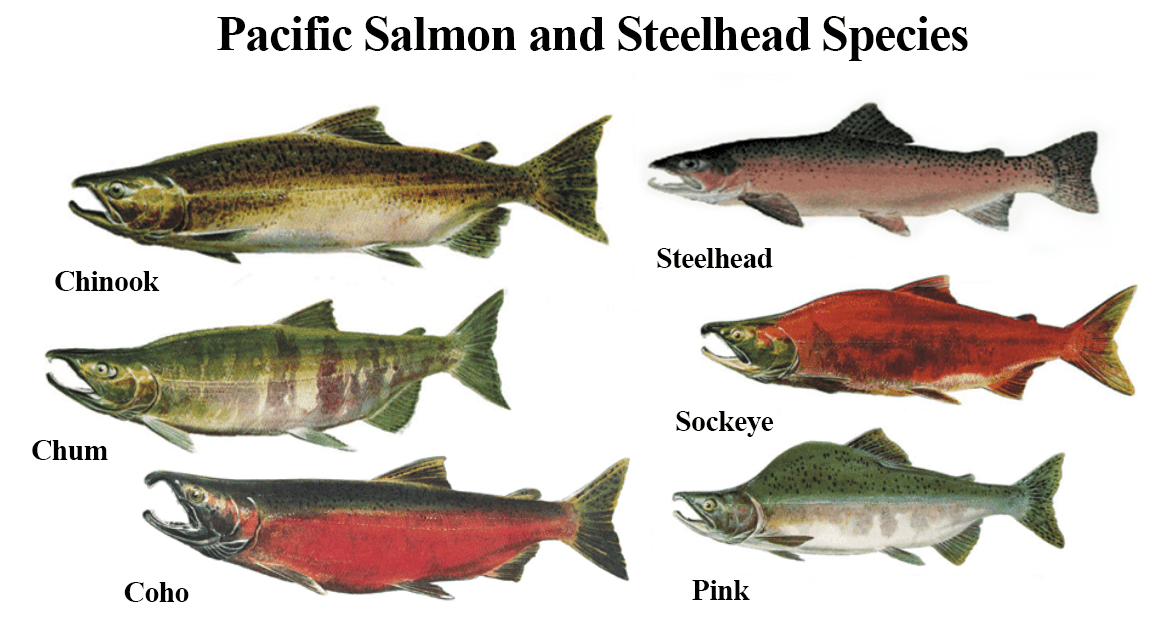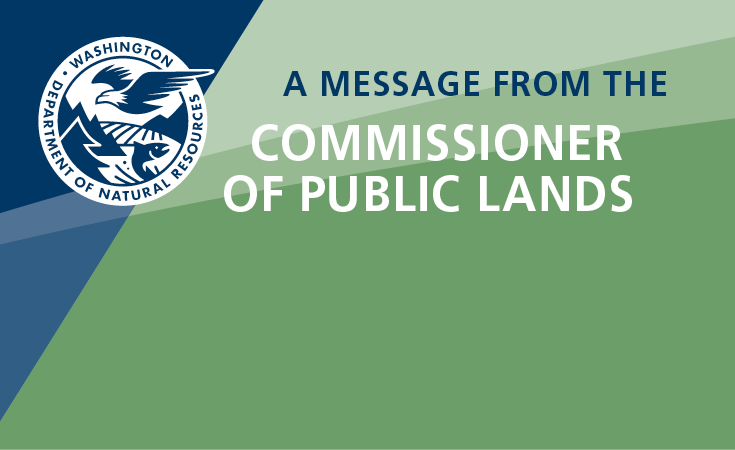Snohomish Watershed Resilience Action Plan
The Snohomish River is the second-largest in Puget Sound and a critical watershed for salmon. The “salmonidae” or salmonid family of fish includes both salmon and trout, and the Snohomish is home to multiple species including Chinook, sockeye, coho, chum, and pink salmon as well as cutthroat and steelhead trout. Credit: DNR
DNR launched its Watershed Resilience Program in 2022 with the announcement of the Snohomish Watershed Resilience Action Plan (WRAP), a "tree to sea" landscape-scale strategy that lays out a 10-year roadmap to promote salmon recovery and watershed health across the Snohomish Basin.
DNR manages over 170,000 acres of state-owned aquatic and terrestrial lands across the Snohomish Basin, providing an opportunity for stewardship and restoration at the landscape scale to benefit both salmon and human communities. Through WRAP, DNR works closely with salmon recovery partners and tribal co-stewards to plan and implement watershed health and resilience projects across the Snohomish Basin.
The work in WRAP is focused on achieving five watershed goals:
-
Protect and clean up aquatic habitat.
-
Restore, conserve and connect forests and riparian habitat.
-
Revitalize urban forests and streams.
-
Engage and invest in communities.
-
Reduce and combat climate impacts.
Through WRAP, DNR is working to increase capacity for habitat restoration projects and build momentum to support ecosystems at the watershed scale.

Photo Courtesy of NOAA
Some examples within the Snohomish Watershed include:
-
Identifying priority restoration needs across the watershed, such as restoring riparian forests and inventorying fish passage barriers.
-
Protecting kelp and eelgrass in nearshore environments and monitoring marine water quality.
-
Coordinating investments so that work is not done in silos and progress is made at scale.
-
Targeting and leveraging new and existing investments to maximize impact and achieve lasting success.
-
Cleaning up aquatic habitats by removing marine debris and derelict vessels that impact critical estuarine salmon habitat.
-
Working with partners to ensure we are supporting other’s good work in the watershed.
To Learn more about WRAP and current programmatic priorities:
About the Snohomish Watershed
Explore and learn more about the Snohomish Watershed including ongoing efforts to restore salmon and support the communities that depend on the health of these resources by following any of the links below:
-
WRAP Dashboard - where we will report progress towards our metrics.



